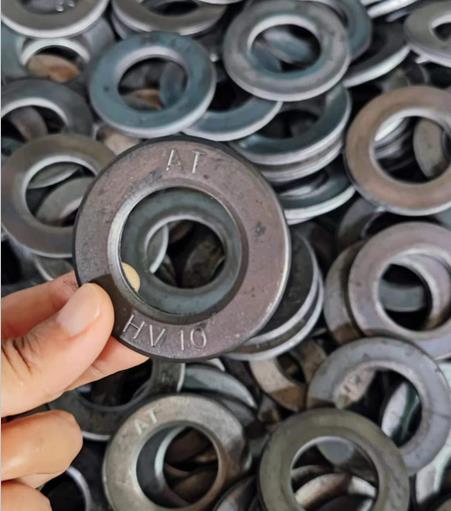Guidelines for Proper Drywall Screw Spacing to Ensure Sturdy and Reliable Installations
Understanding Drywall Screw Spacing A Comprehensive Guide
When it comes to installing drywall, one of the most critical aspects to consider is screw spacing. Proper screw spacing ensures that your drywall is securely fastened to the framing, which not only minimizes the risk of cracks and sagging but also contributes to a clean, polished finish. In this article, we will explore the importance of drywall screw spacing, highlight common charts used for this purpose, and provide useful tips to get the job done right.
Importance of Proper Screw Spacing
Drywall, often referred to as gypsum board or plasterboard, is commonly used for interior walls and ceilings. The installation process involves attaching these panels to wooden or metal studs using drywall screws. Proper screw spacing is essential for several reasons
1. Structural Integrity Adequate screws help distribute the load evenly across the drywall. If screws are too far apart, it can lead to sagging or even structural failure in high-traffic areas.
2. Crack Prevention Gaps in screw spacing can result in cracks over time, particularly in areas with frequent movement, temperature fluctuations, or humidity changes.
3. Aesthetic Finish Evenly spaced screws create a smoother surface, making it easier to tape and finish. Uneven surfaces can lead to visible seams and imperfections in the finished wall.
Standard Screw Spacing Guidelines
Different organizations and manufacturers provide guidelines on drywall screw spacing, but a common rule of thumb is to follow the manufacturer's recommendations based on the specific type of drywall used (e.g., standard, moisture-resistant, or fire-rated) and its application (walls or ceilings).
Here’s a general overview of standard screw spacing according to common practices
- Walls For walls, screws should be spaced approximately 16 inches apart on center. This means that the screws should be placed every 16 inches along the vertical studs.
- Ceilings When installing drywall on ceilings, it's recommended to space screws 12 inches apart on center due to the added weight and potential for sagging caused by gravity
.drywall screw spacing chart company

- Edges and Corners The screws located along the edges and corners of the drywall panels should typically be installed every 8 inches to ensure extra holding power in these critical areas.
Utilizing a Drywall Screw Spacing Chart
Many contractors and DIY enthusiasts find it helpful to reference a drywall screw spacing chart. These charts provide a visual guide to the appropriate spacing based on drywall type, stud spacing, and installation technique. You can typically find these charts online, in instructional books, or from drywall suppliers.
When using a spacing chart, consider the following
1. Type of Drywall Different types of drywall may require different screw spacing, so ensure you refer to the correct chart for the product you are using.
2. Configuration of Studs If you are working with non-standard stud configurations, always confirm measurements against the chart and adjust as necessary.
3. Local Building Codes Be aware of local building codes that may dictate specific requirements for drywall installation in your area.
Tips for Effective Installation
1. Choose the Right Screws Use screws specifically designed for drywall, typically available in various lengths and types (e.g., coarse threads for wood studs, fine threads for metal).
2. Use a Screw Gun A drywall screw gun is invaluable for maintaining consistent depth and speed during installation, which helps avoid overdriving or underdriving screws.
3. Work Methodically Start at one end and work your way across, keeping an eye on both spacing and the alignment of the drywall panels.
In conclusion, understanding and implementing proper drywall screw spacing is essential for achieving a successful installation. By following guidelines and utilizing spacing charts, as well as incorporating best practices, you can ensure that your drywall project stands the test of time, providing durability and a beautiful finish for years to come.
-
Top Choices for Plasterboard FixingNewsDec.26,2024
-
The Versatility of Specialty WashersNewsDec.26,2024
-
Secure Your ProjectsNewsDec.26,2024
-
Essential Screws for Chipboard Flooring ProjectsNewsDec.26,2024
-
Choosing the Right Drywall ScrewsNewsDec.26,2024
-
Black Phosphate Screws for Superior PerformanceNewsDec.26,2024
-
The Versatile Choice of Nylon Flat Washers for Your NeedsNewsDec.18,2024










